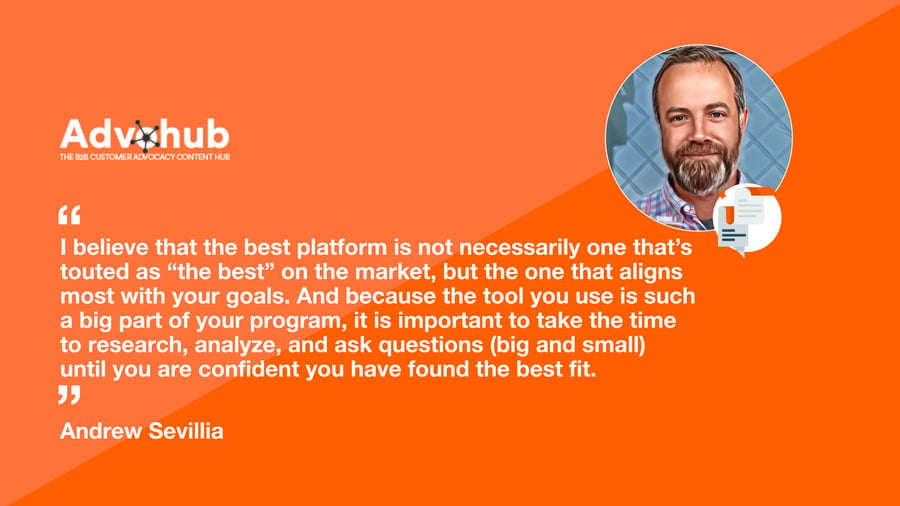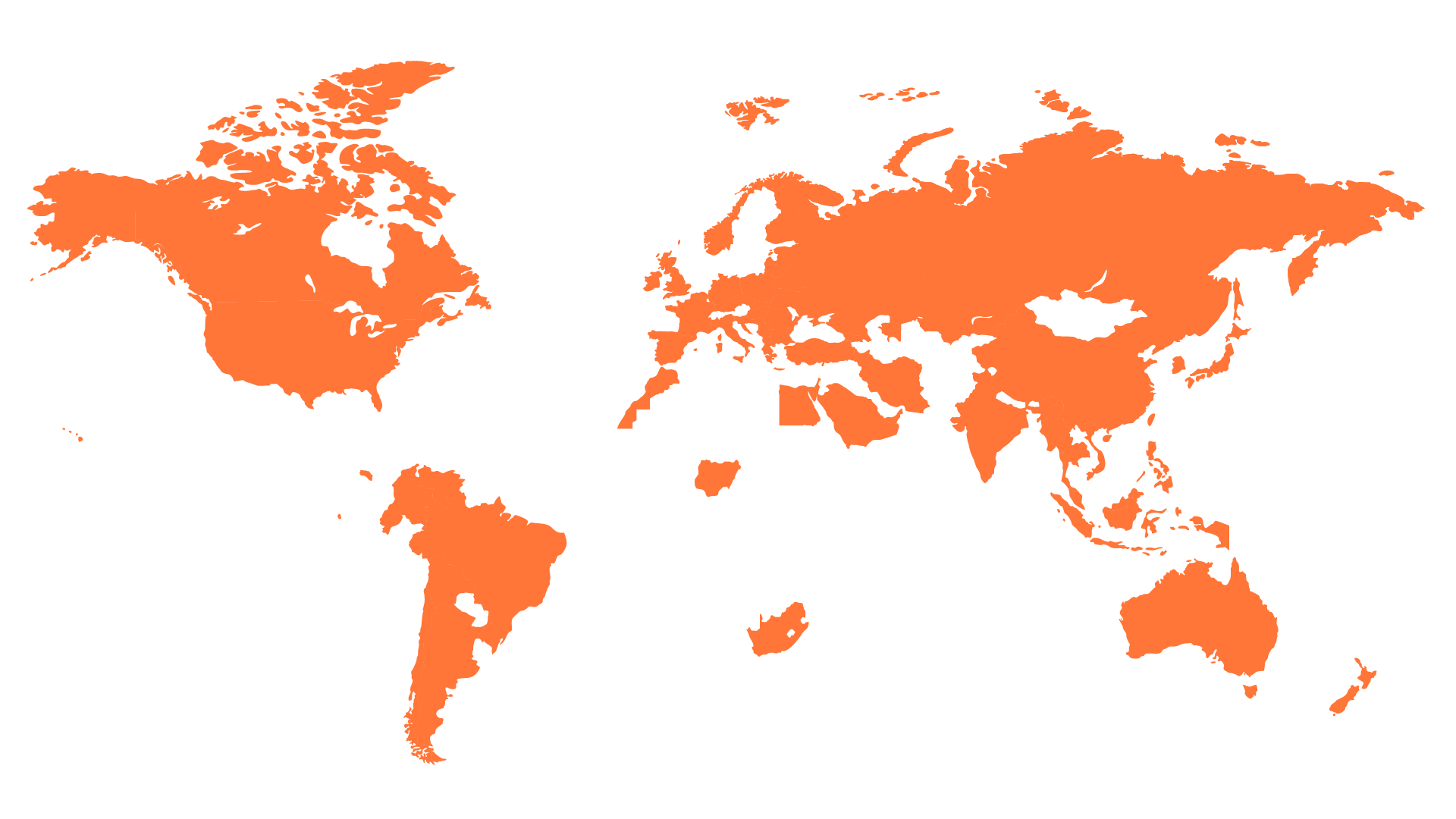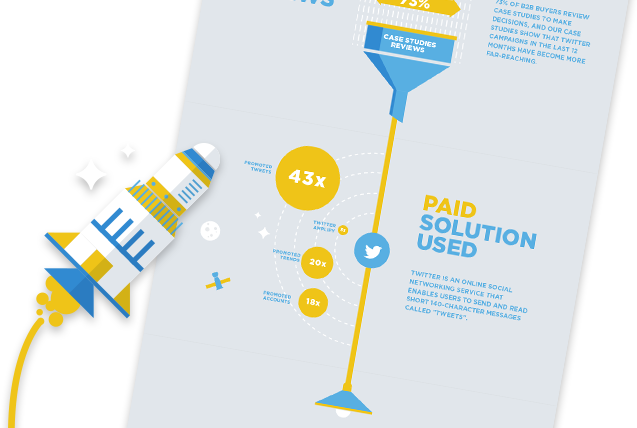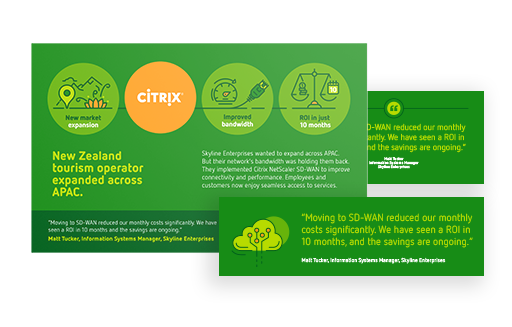
Selecting the right advocacy platform can make or break your customer reference program. Finding the right match for your specific needs can often be a complex process, involving extensive research, goal setting, and software provider interviews.
Let's say you already know what your goals are, and you’ve narrowed down the different options. Now it's time to talk to your top choice providers. Here are some key questions to ask during those interviews:
Is the tool integrated with your current CRM, or are there plans to create such an integration?
Integration with your company’s CRM system is important because it ensures a seamless flow of data between the tools. For example, sales reps might want the ability to request a reference directly from within an opportunity record in their CRM platform of choice. A good integration with your advocacy tool would also let them track the entire fulfillment process in the CRM, and then automatically feed the outcome of that opportunity into your advocacy tool so you can measure influence. If an integration does not exist yet, be sure to ask about the vendor’s APIs and plans for partial or total integration in the future.
How easy is the platform to use?
Ease of use greatly impacts adoption and efficiency. Therefore, it is important to see any new tool in action before implementing it. Consider gathering a "focus group" for a demo and ask for your team's point of view about how intuitive it would be to manage advocacy activities with the new tool. Be sure to review the tool from the point of view of your sales and marketing stakeholders – can they easily submit requests or self-serve to find advocates and advocate content? Would specialized training be needed for other teams that will be interacting with your tool?
Which manual tasks will it automate?
One of the main reasons to adopt an advocacy platform is to reduce manual tasks and speed up the fulfillment of requests. Ask the vendor how its tool reduces or eliminates time-consuming tasks. Check if it automates advocate recommendations or surfaces company data from your CRM in real time. Does it trigger key tasks at different touch points along the advocate journey?
What type of data does the tool track?
Data is a critical enabler and measure of growth, innovation, and impact. Every advocacy program should track as many metrics as possible to determine operational health, the service efficiency, and influence on the business. Create a list with all the data points you would like to track and ask your provider what is possible. Ensure you understand how easy it will be to surface and report on the data you need. Is there out-of-the-box functionality that will help you build reports without requiring extra resources?
What notifications are supported?
It is also important to understand whether an advocacy platform provides helpful notifications at key moments. For example, sales teams are always asking for advocates to support their deals through reference calls. You need an easy way to fulfill these requests, track their progress, and update stakeholders at every step. Ideally, advocacy managers should receive notifications for new requests, sales reps should be notified when potential matches are ready to review, and account teams of those customer advocates should be notified for approval. Data collected throughout this workflow can help curate the customer database to improve efficiency for each subsequent cycle.
Does the platform have a scoring system in place?
Building brand loyalty through your advocacy program means having a clear and efficient way to reward and recognize your advocates and internal users. This can be done by awarding points or badges for every new nomination or any reference activity participation and establishing milestones for different rewards upon completion. Even if gamification is not part of your initial goals for the program, it’s useful to understand future possibilities so you can plan for growth.
How is advocate usage managed? Are there systems in place to avoid over-usage?
One of the reasons for implementing an advocacy platform is to centralize all advocate activities in a single place to help limit fatigue. Does the platform support usage limits for your advocates? What happens when those limits are reached? What is the process of putting an advocate's participation on hold and how are they reactivated later?
How does the tool support marketing requests?
In addition to sales reference requests, advocacy programs are also heavily utilized by functions spanning demand generation, public relations, digital marketing, and analyst relations. Your advocacy platform may need to support and aid in securing speakers for events, webinars, and more. Make sure you understand how the application helps manage those requests, which are often not sourced from a CRM opportunity. Find out how marketers can use the tool to choose the right advocates for their needs.
How flexible is the platform to meet my business’ specific needs?
While advocacy programs generally follow the same basic principles, each one must align with the business’ unique needs. This means that you might want to include additional fields or custom notifications that are not available out-of-the-box. Ask the vendor if such customizations can be done directly by you or require additional assistance. And if assistance is required, what is the typical cost and timeline for completion?
What are the vendor’s support response times?
Regardless of how good a platform is, there are always some errors or malfunctions that occur. Knowing exactly how to get help and the vendor’s Service Level Agreement (SLA) for fixing issues will help you plan and prepare so that your program is always functioning.
Bonus: How does the tool manage data migration from other platforms?
For those who already have a solution in place for their advocacy program, but are looking to switch, it is important to understand how easy it will be to migrate existing data. Important factors to consider in this scenario are what it will take to prepare the data, map it to the fields in the new solution, complete the migration, and address potential issues along the way.
Of course, there are many factors to consider when searching for an advocacy platform, and providers constantly add new features and capabilities. I believe that the best platform is not necessarily one that’s touted as “the best” on the market, but the one that aligns most with your goals. And because the tool you use is such a big part of your program, it is important to take the time to research, analyze, and ask questions (big and small) until you are confident you have found the best fit.

.png?width=900&height=506&name=W4U%20Advohub%20social%20promo%20templates(1).png)







